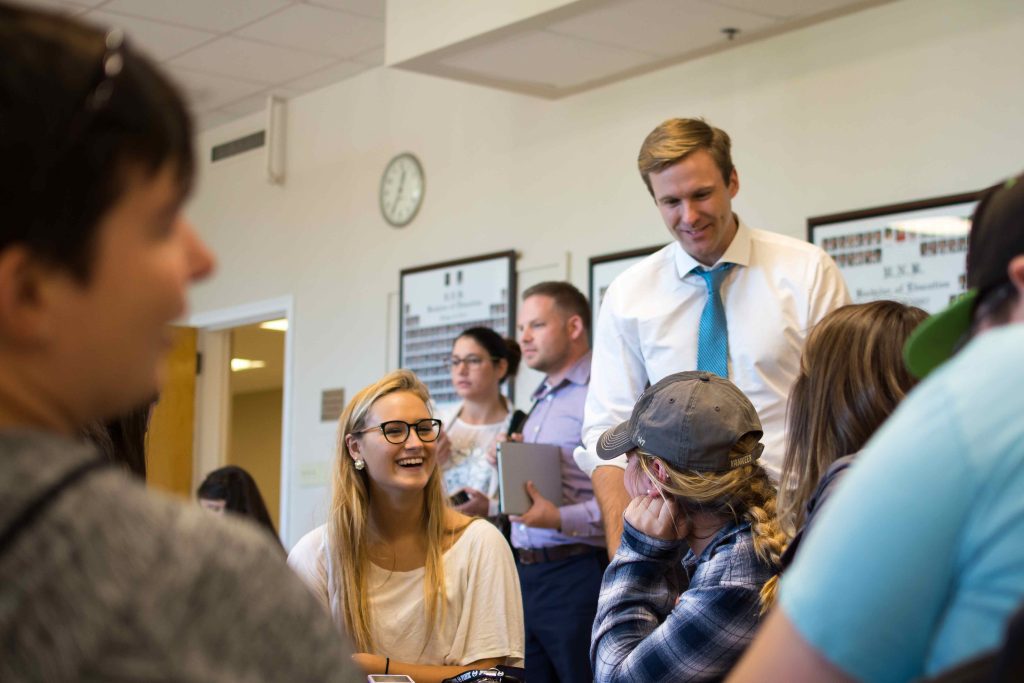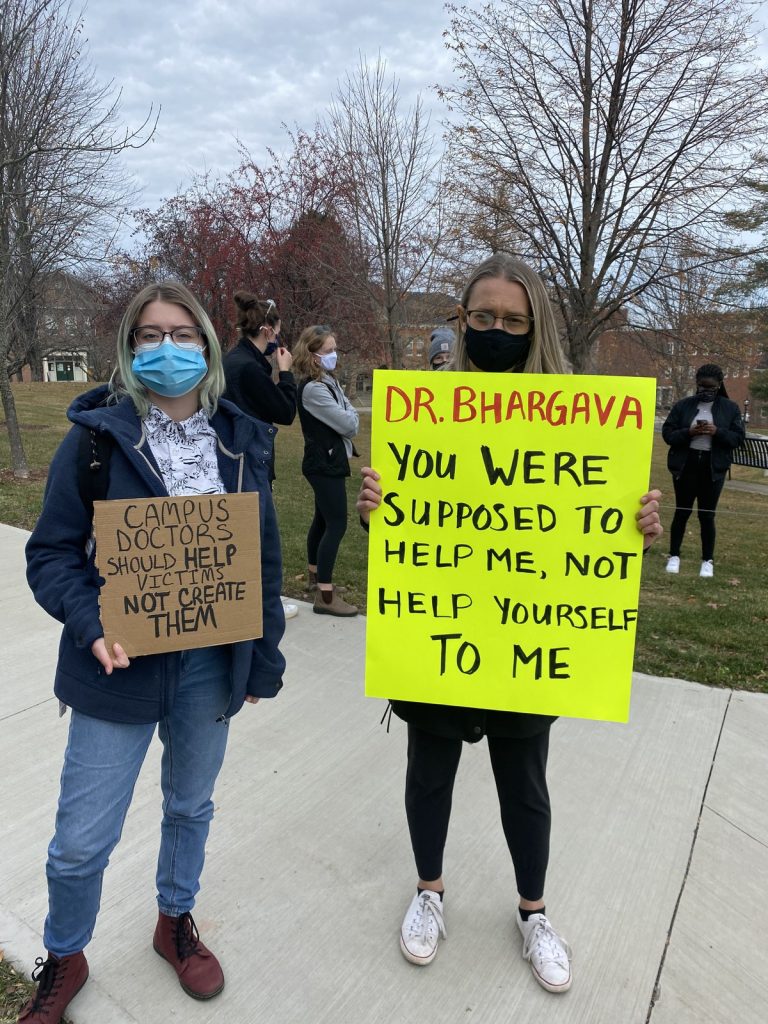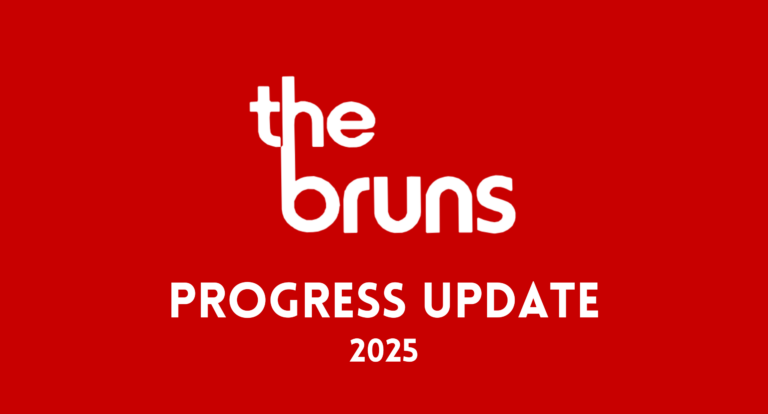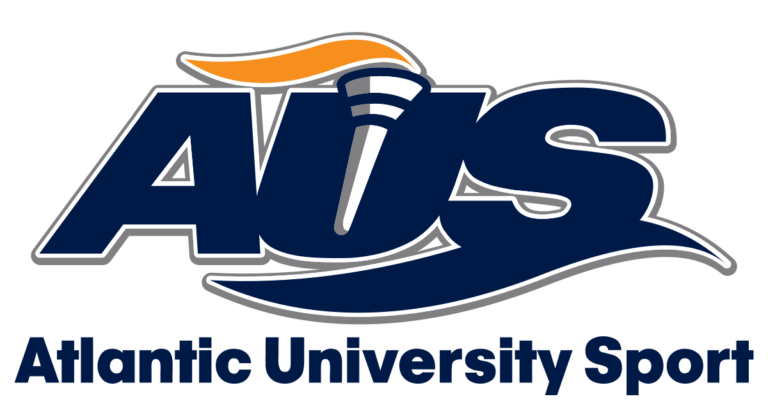It’s been just over a year since the provincial government changed its Tuition Access Bursary (TAB) to the Free Tuition Program (FTP) and announced the addition of the Tuition Relief for the Middle Class (TRMC). Almost 7,500 students have benefitted since then.
According to the New Brunswick Student Alliance’s (NBSA) acting executive director, Sam Titus, the recent changes have given New Brunswick “one of the most competitive student financial aid programs in the country.”
However, there were some bumps in the road. Among them, there was almost a two-year gap without student financial assistance in place while the government transitioned from the TRP to TAB—and just as there were losers in the old program, there are losers in this one as well.
Former Tax Rebate Program “did nothing” to help low-income students
The Tuition Rebate Program (TRP) was a program that New Brunswick residents could apply for through their tax returns once they graduated from university. Successful applicants could receive up to up to $4,000 a year for a total of $20,000 in tax rebates over 20 years, with the government explicitly advertising the program as a retention tool to keep educated New Brunswickers living and working in the province.
“The main goal of this program is to ensure that as many graduates as possible stay right here at home to work and raise a family, as well as for people from other jurisdictions to make New Brunswick their new home,” said former Liberal finance minister Greg Byrne in a 2010 press release about the TRP.
Titus, however, said the NBSA found the program incredibly ineffective and that they were not “dissatisfied” to see it eliminated.
“Tax credits upon graduation have been shown time and time again to be a demonstrably poor education policy,” said Titus. “They do not incentivize people to get into education, they are not targeted for low-income demographics, and those who use the programs tend to be from higher wage brackets anyway; they are not as in-need of support.”
While the TRP was focused on keeping graduates in New Brunswick, Titus criticized its ineffectiveness at bolstering enrolment numbers. Titus also highlighted that an individual had to be making a certain amount before tax credits even became applicable, so the program was doing nothing to assist graduates who were underemployed or unemployed.
“Frankly, our big [thing] was: if you were a low-income student—who already have lower post-secondary attainment rates—the promise of a tax credit four years down the line isn’t going to do anything to help alleviate the shock of a $10,000 entrance ticket to even get into university.”
According to Titus, the opposite type of education policy from tax credits is needs-based upfront grants, which was what the NBSA was advocating for when the Tuition Access Bursary was introduced by the current government in 2016.
New education policies meant to fill in the gaps
The government took almost a year after cutting the TRP in 2015 to announce Tuition Access Bursary (TAB)—a time that Titus said was spent in nervous anticipation at the NBSA, since it wasn’t immediately clear how the almost $40 million cut from the education budget was going to be repurposed.
In early 2016, the provincial government announced the Tuition Access Bursary, a non-payable upfront grant for New Brunswick students attending a publicly-funded New Brunswick college or university and whose gross household income is less than $60,000 a year.
“We did applaud the program—but we were also very quick to say that the program was quite imperfect upon release,” said Titus.
“The $60,000 cut-off was incredibly punitive to students; it limited the usefulness of the program, because if your family makes $60,001, you don’t get in—or your family could make $60,000 but you could have five students all university age.”
The main advocacy ask on the NBSA’s lobby dock for the 2016-2017 academic year was to expand TAB into a more forgiving program, pointing towards Ontario’s sliding scale as a potential way forward.
In February 2017, the government launched Tuition Relief for the Middle Class, an expansion of TAB—now called the Free Tuition Program (FTP)—that features a sliding scale where tuition relief is provided for students whose household income lies between $60,001 and $129,000 dollars; the number of dependents in the family is a factor as well.
“The amount you receive in support is indexed to how much your family makes,” said Titus.
“Every family situation is assessed on a case-by-case basis—so if you do come from the family where your mom’s a doctor but she’s also a single mom and there’s five of you, you are still potentially eligible for support.”
Roger Melanson, minister of post-secondary education, said the government is excited about their progressive stance—and that the first year of the FTP and TRMC combined has been quite successful.
“Over 6,200 students have benefited from [the FTP], and [1,400 have benefited from] Tuition Relief for the Middle Class (TRMC),” said Melanson. “Out of the New Brunswick students who actually applied for financial assistance, 77 per cent benefited from the program.”
“It is very successful. We need to talk about it more; we need to explain it more. I know universities and colleges are using this as a recruitment tool, and we encourage them to do so.”
UNB president Eddy Campbell was promoting the combined programs to the UNB Student Union at a council meeting in February, where he and vice-president academic George MacLean presented results from the university’s tuition review.
“They look like really good public policy. I certainly think they’re the right thing to do for us,” said Campbell. “I hope very much that neither program becomes an issue in this year’s upcoming election.”
“And to be clear, the NBSA has been advocating for them, so I think—very effective advocacy work in my view.”
According to Campbell, there are currently 1,600 students at UNB accessing FTP, and 400 students receiving Tuition Relief—an impressive leap from the few hundred that had been accessing the Tuition Rebate Program.
Brody Fitzpatrick, a third-year Criminology student at St. Thomas, accessed the FTP last year after he applied as an independent—an option for students 21 years or older—and said he preferred the up-front grant to tax credits he would only be eligible for when he had “less financial issues” post-graduation.
“When you’re a student, you’re poor and you’re broke,” said Fitzpatrick.
Titus said the NBSA is happy with the way the current program works—so much so that tuition wasn’t on their lobby docket at all this year, as they instead chose to focus on other aspects of the university experiences such as mental health and sexual assault.
“The long-term impacts of this are yet to be seen,” said Titus. “Whether or not this will boost enrolment, whether this will have a noticeable impact on first time learners, Indigenous students—on marginalized demographics in general—is yet to be seen. But at least from the onset…in principle, this [program] is a lot more in-line with what we were looking for.”
Despite minor concerns, NBSA is generally happy with the province’s current education policy
Titus raised minor concerns regarding potential difficulties at accessing the application, and the contradictory credit check required for eligibility.
According to Titus, students often don’t realize the application process for FTP or TRMC is just ticking a box on the student loan application declaring your eligibility to the program. “By couching it inside [the student loan application], you’re kind of hiding it from students who go online looking for [the free tuition application]—and then they don’t find it so they don’t bother.”
Titus said one of their biggest problems concerning eligibility criteria for the program is the mandatory credit check. “There is this fundamental contradiction going on, where they are saying that this program is needs-based and it is for students who can’t afford tuition—but at the same time, you’re required to pass a credit check [and] students tend not to have the greatest credit.”
According to Melanson, the credit check is a residual requirement from when financial institutions ran student aid programs; they only occur once and are only applicable for students 21 and over—and of the 15,000 students that apply for student financial assistance in New Brunswick, the percentage that are denied due to failed credit checks is “very minimal.”
Titus also noted the various groups left out of this education policy, including international and out-of-province students, part-time students and law students—the only bachelor’s degree program that is not eligible for free tuition or tuition relief.
While Titus saw the policy’s usefulness as a retention tool and highlighted the NBSA’s focus on tuition relief for full-time students over part-time, Titus said the lack of financial assistance for law students was “unfortunate.”
“We have sent letters to the minister on this, saying that this program should be extended to law students, and that’s not something they just simply have—from our perspective—decided: law students are not going to get this funding,” said Titus.
Titus speculated that the expensive price tag of law school tuition could be what’s dissuading the government from including those programs—but it’s a topic Melanson did not directly address in conversation with The Brunswickan.
“At this time we are assessing it, but we haven’t made any decisions or changes to the program that would allow law students to qualify,” said Melanson, who said he’s aware of the increased financial burden law school tuition places students in, but there were no immediate changes anticipated.
Potential student loan debt relief program will compliment free tuition and tuition relief
One of the issues raised with this new education program is the lack of incentive it provides for students to stay in New Brunswick after they’ve graduated. In this year’s budget speech, however, it was revealed that the government would be making an announcement around student loan debt relief.
Titus said 2018-2019 budget estimates show an anticipated $9 million loss in revenue over interest rates on students loans. “This year they’ve pulled in $20 million in student loans, and next year they’re only expecting to pull in $11 million in student loan interest payments,” said Titus, which he said combined with the budget announcement signifies a new student loan interest program is coming.
“It fills the gap that clearly exists right now [for] students who still need to take out loans,” said Titus, as not everyone that fails the eligibility criteria for FTP or TRMC can avoid acquiring student debt—nor can everyone that does qualify for either program.
Melanson said that while they still haven’t made an announcement, incremental assistance for student debt load relief is an anticipated initiative planned for in this year’s budget. “There’s certainly an intention to help,” said Melanson.
“We are a government that is very progressive in terms of how seriously we take post-secondary education for our students, our publicly-funded colleges and universities and actually doing the transition the between post-secondary education and the labour market.”
Correction: A previous version of this story incorrectly called Greg Byrne the former finance minister for the PC government. He was actually the finance minister for the liberal government.




